Do you have a question about the MSI X470 GAMING PRO and is the answer not in the manual?
Lists essential tools and components required for motherboard installation and system assembly.
Step-by-step guide for correctly installing the CPU onto the motherboard socket.
Instructions for properly inserting DDR4 memory modules into the designated DIMM slots.
Details on connecting the case's front panel connectors (power, reset, LEDs) to the motherboard header.
Guide on how to securely mount the motherboard inside the computer chassis and connect it.
Steps for connecting SATA storage devices like HDDs and SSDs to the motherboard and power supply.
Instructions for installing a PCIe graphics card into the appropriate expansion slot.
Illustrates how to connect external devices like keyboard, mouse, monitor, and speakers to the rear I/O panel.
Details on connecting the main ATX and CPU power supply cables to the motherboard.
Final steps to power on the assembled computer system and initiate the boot process.
Details CPU compatibility, chipset, memory types, speeds, and available PCIe expansion slots.
Information on integrated graphics, multi-GPU support, and LAN controller specifications.
Specifications for storage interfaces (SATA, M.2), RAID support, and USB port configurations.
Details on the onboard audio codec and its features.
Lists all available back panel and internal motherboard connectors for various devices.
Covers system monitoring capabilities and key BIOS features like flash memory.
Lists the software utilities and drivers provided by MSI for system management.
Highlights special features such as audio enhancements, LED control, and performance tuning.
Explains the status indicators for the LAN port, showing connection and speed information.
Details the audio port layout and channel assignments for different speaker setups.
Guide to the audio management software for configuring sound settings and enhancements.
Details the CPU socket type and the layout/installation of DIMM slots for memory modules.
Provides introduction to the AM4 CPU and important notes regarding its installation and handling.
Explains memory module installation recommendations, including slot priority and considerations.
Describes PCIe slots, their versions, bandwidths, and installation recommendations.
Guide on installing M.2 SSDs, including compatibility and usage notes.
Details on SATA connectors for storage devices and the optional parallel port connector.
Explains the ATX and CPU power connectors and the importance of secure connections.
Details on USB 2.0 and USB 3.1 Gen1 connectors for front panel connectivity.
Explains fan connector types (PWM/DC) and how to adjust fan speed.
Covers the front panel audio connector and the chassis intrusion detection connector.
Details front panel connectors for case switches/LEDs and the TPM module connector.
Explains the serial port connector and RGB LED connectors for lighting customization.
Describes the Clear CMOS jumper and button for resetting BIOS settings to default values.
How to access the BIOS menu during system startup using specific keys.
Methods for resetting BIOS to defaults and updating the BIOS firmware.
Introduction to the BIOS EZ Mode interface, its basic information, and main functions.
Explains how to navigate and utilize the Advanced Mode interface of the BIOS.
Covers system status information and initial settings like date, time, and SATA configuration.
Details on configuring advanced settings like memory, ACPI, power LEDs, and integrated peripherals.
Settings for SATA operation mode, integrated graphics, and USB controller functions.
Configuration options for Super IO, COM/LPT ports, and system power management.
Settings related to Windows OS, secure boot, and system wake-up behaviors.
Configuration for resuming system from various states and the Secure Erase+ function for SSDs.
Options for boot mode selection (UEFI/Legacy) and setting administrator/user passwords.
Settings for TPM functionality and chassis intrusion detection, plus password management.
Options for saving changes, discarding them, restoring defaults, or performing a boot override.
Explains overclocking settings, including CPU ratio, core performance boost, and DRAM frequency.
Covers advanced CPU voltage, current protection, and DRAM configuration options.
Details on CPU/NB power duty control, loadline calibration, and voltage management.
Information on CPU features, technology support, and memory timings (SPD).
Covers CPU features like SMT, C-states, and power-saving technologies like Cool'n'Quiet.
Step-by-step guide on how to update the motherboard BIOS using the M-FLASH utility.
How to manage, save, load, and clear overclocking profiles within the BIOS.
Explains how to monitor system temperatures, voltages, and control fan speeds.
Guide on enabling A-XMP profiles for memory performance optimization.
Instructions for installing the OS, essential drivers, and system utilities from the provided disc.
Overview of the APP MANAGER utility for integrating and managing MSI applications and software.
Guide on using LIVE UPDATE 6 to automatically scan, download, and install system updates.
Details on the COMMAND CENTER software for system monitoring and adjustment under OS.
Explains the GAMING APP for controlling system performance, VGA fan control, and gaming features.
Guide on using Mouse Master for mouse macro functions and DPI adjustments.
Features for optimizing system for VR and enhancing voice communication volume.
Using X-BOOST to select system performance modes for gaming, storage, and general use.
How to control and synchronize RGB LED lighting effects on MSI products.
Guide to controlling LED lighting across multiple devices on a local network using Mystic Light Party.
Utility for creating Windows installation USB drives and Super RAID configurations.
Instructions on using the SUPER RAID utility to create RAID arrays for storage.
How to create and manage a virtual RAM disk for temporary storage and performance.
Details on Nahimic 2.5 audio features, effects, profiles, and settings for enhanced audio.
Explains the Sound Tracker feature for visual audio cues in games.
Explanation of different RAID levels (0, 1, 10) and their performance/redundancy characteristics.
Steps to initialize disks before creating AMD-RAID arrays, including data loss warnings.
Guide on creating new RAID arrays, selecting types, sizes, and caching levels.
Procedure for deleting existing RAID arrays, with a warning about permanent data loss.
How to rearrange the order of RAID arrays, especially for bootable arrays.
Instructions for assigning and unassigning global or dedicated hot spare disks for RAID arrays.
Configuring controller options like INT13 support and managing boot sequence pausing for warnings.
Adjusting the staggered spinup count for disks based on power supply capacity.
Manual steps to create large RAID volumes (over 2.2TB) using the UEFI BIOS.
Guide on installing RAID drivers during OS installation or for existing Windows systems.
Common problems related to the system not powering on or having no display signal.
Troubleshooting steps for boot failures, audio, network, and USB device malfunctions.
Information on compliance with FCC, CE, and C-Tick regulations for electronic devices.
Details regarding battery disposal, handling, and chemical substance information as per regulations.
Information on environmental policies, proper disposal of electronic waste (WEEE), and recycling.
Table detailing the presence of restricted substances in product components according to standards.
| Non-ECC | Yes |
|---|---|
| Memory channels | Dual-channel |
| Memory slots type | DIMM |
| Number of memory slots | 4 |
| Supported memory types | DDR4-SDRAM |
| Maximum internal memory | 64 GB |
| Supported memory clock speeds | 1866, 2133, 2400, 2667, 2800, 2933, 3000, 3066, 3200, 3466 MHz |
| Supported memory clock speed (max) | 3466 MHz |
| Processor socket | Socket AM4 |
| Processor manufacturer | AMD |
| Compatible processor series | AMD Athlon, AMD Ryzen 3, AMD Ryzen 3 2nd Gen, AMD Ryzen 3 3rd Gen, AMD Ryzen 5, AMD Ryzen 5 2nd Gen, AMD Ryzen 5 3rd Gen, AMD Ryzen 7, AMD Ryzen 7 2nd Gen, AMD Ryzen 7 3rd Gen, AMD Ryzen 9 3rd Gen |
| Audio chip | Realtek ALC892 |
| Component for | PC |
| Motherboard chipset | AMD X470 |
| Audio output channels | 7.1 channels |
| Motherboard form factor | ATX |
| Wi-Fi | No |
| LAN controller | Realtek 8111H |
| Ethernet interface type | Gigabit Ethernet |
| RAID levels | 0, 1, 10 |
| Supported storage drive types | HDD & SSD |
| Supported storage drive interfaces | M.2, SATA III |
| BIOS type | UEFI AMI |
| PCI Express x1 slots | 3 |
| PCI Express x16 (Gen 2.x) slots | 1 |
| PCI Express x16 (Gen 3.x) slots | 2 |
| Number of SATA III connectors | 6 |
| USB 3.2 Gen 2 (3.1 Gen 2) connectors | 0 |
| USB 2.0 ports quantity | USB 2.0 ports have a data transmission speed of 480 Mbps, and are backwards compatible with USB 1.1 ports. You can connect all kinds of peripheral devices to them. |
| Depth | 244 mm |
|---|---|
| Width | 305 mm |
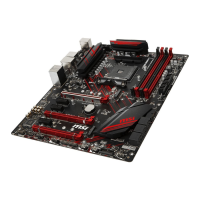
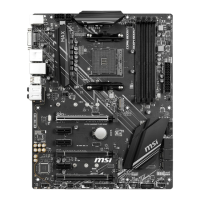

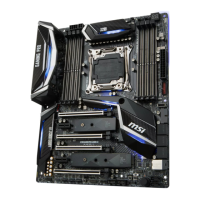
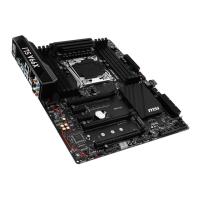
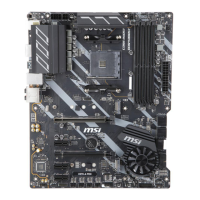
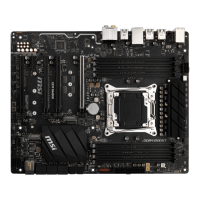
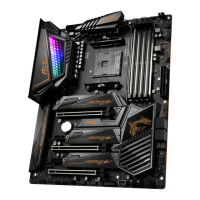
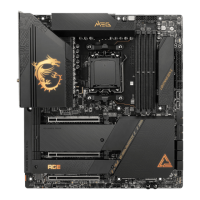
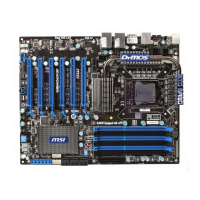
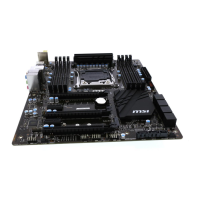

